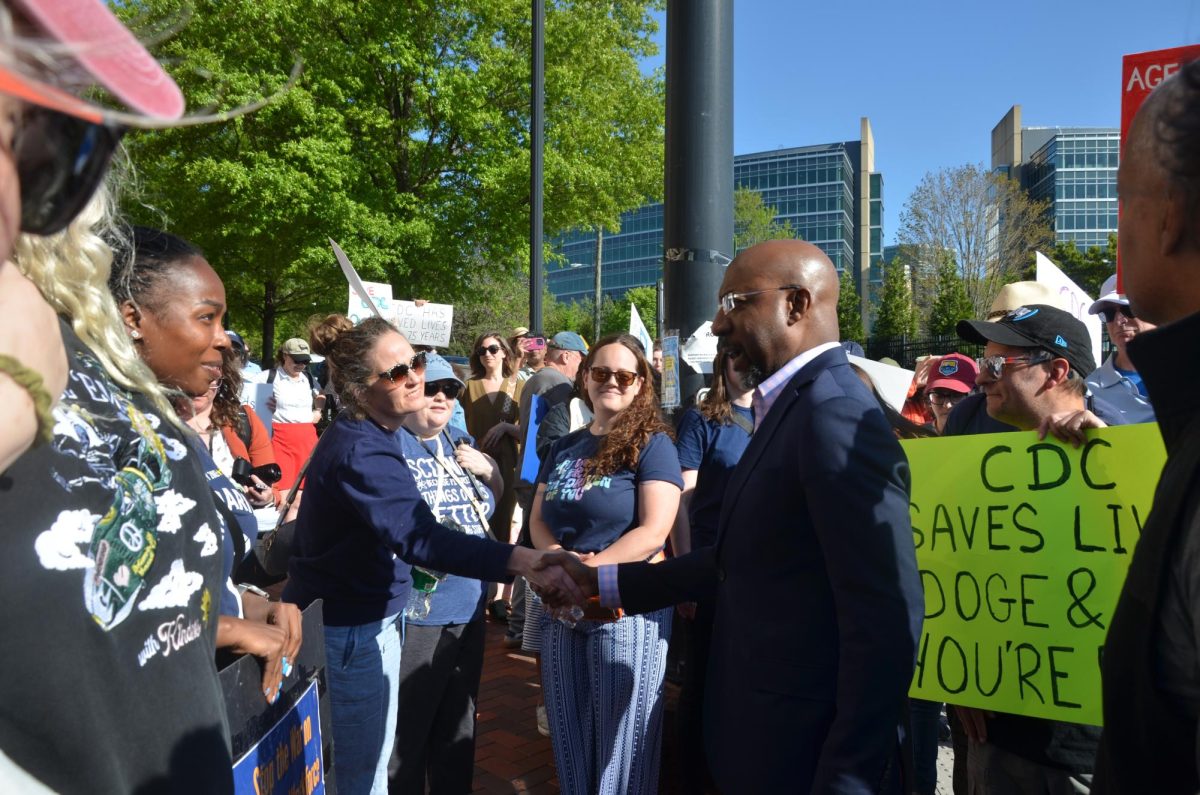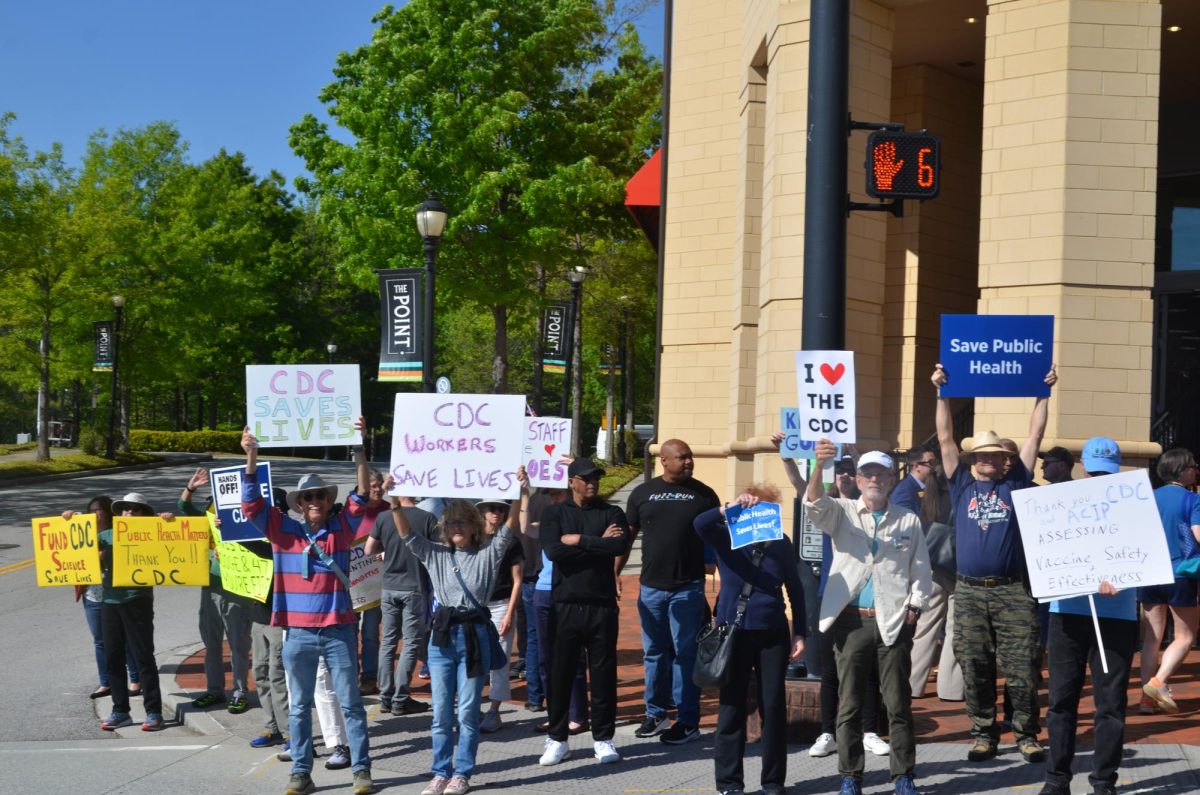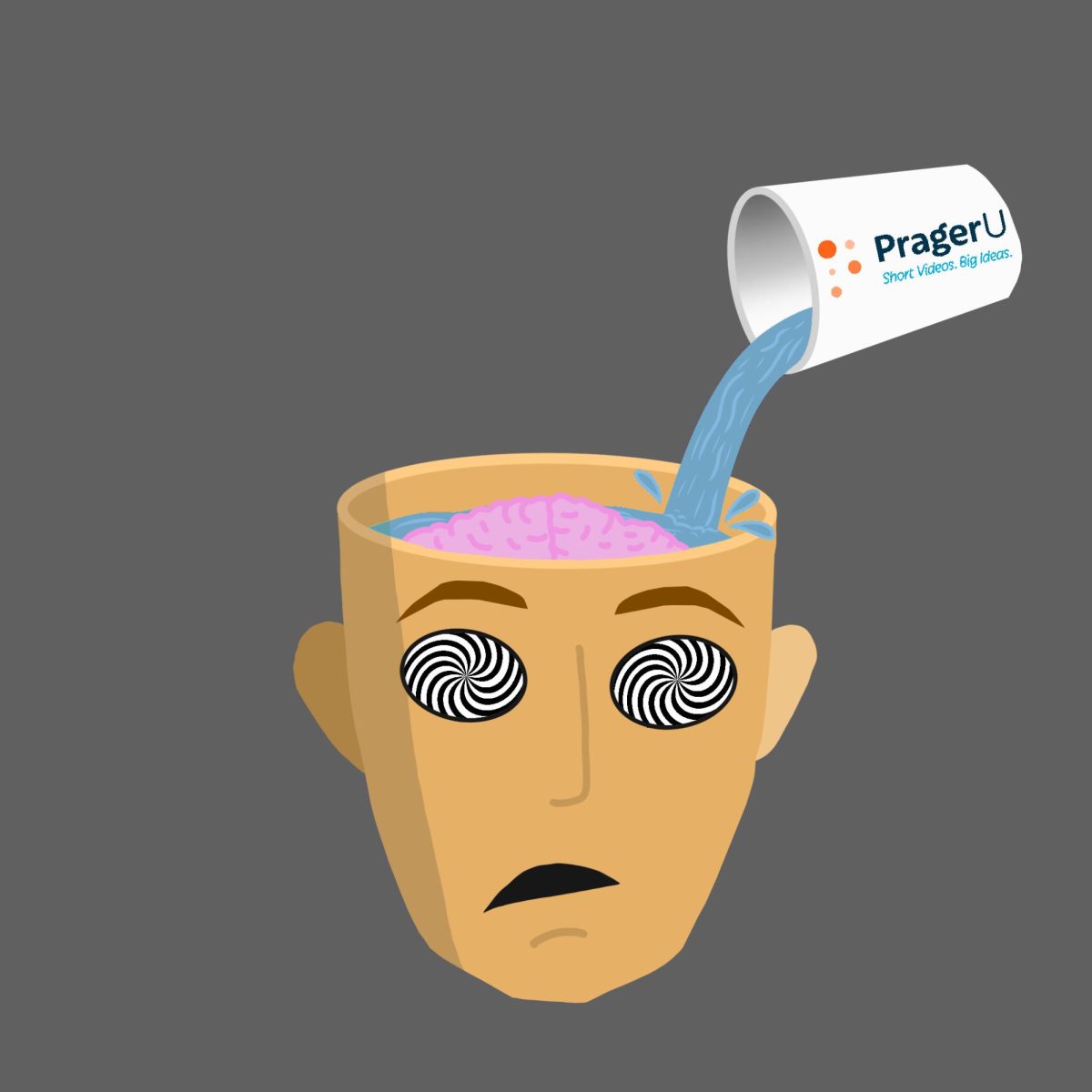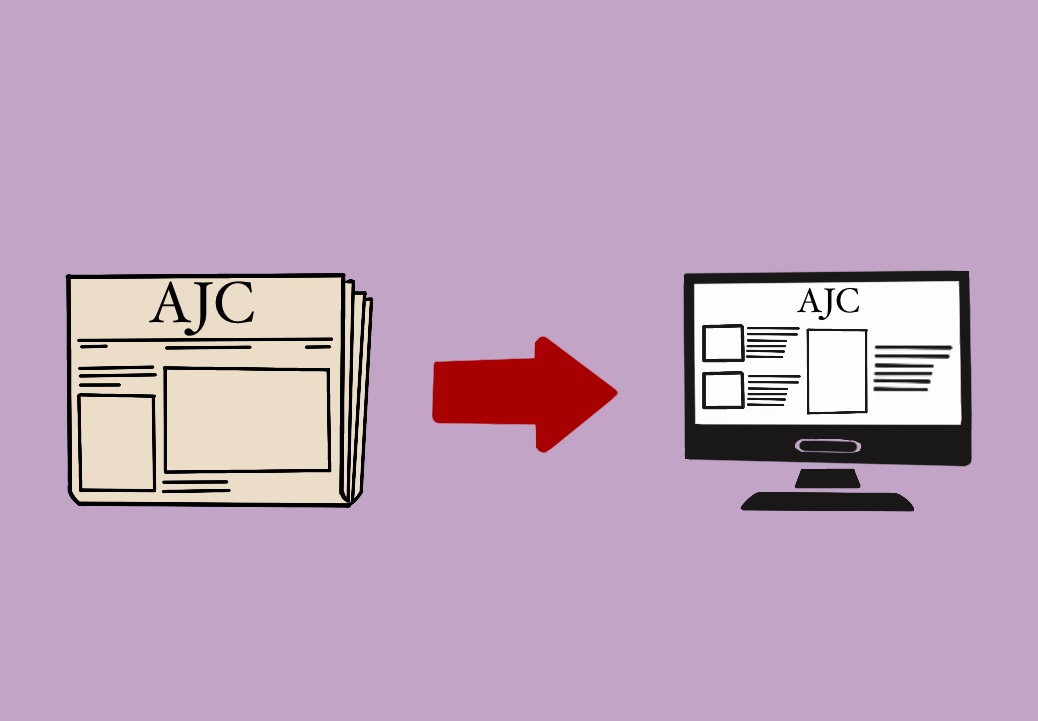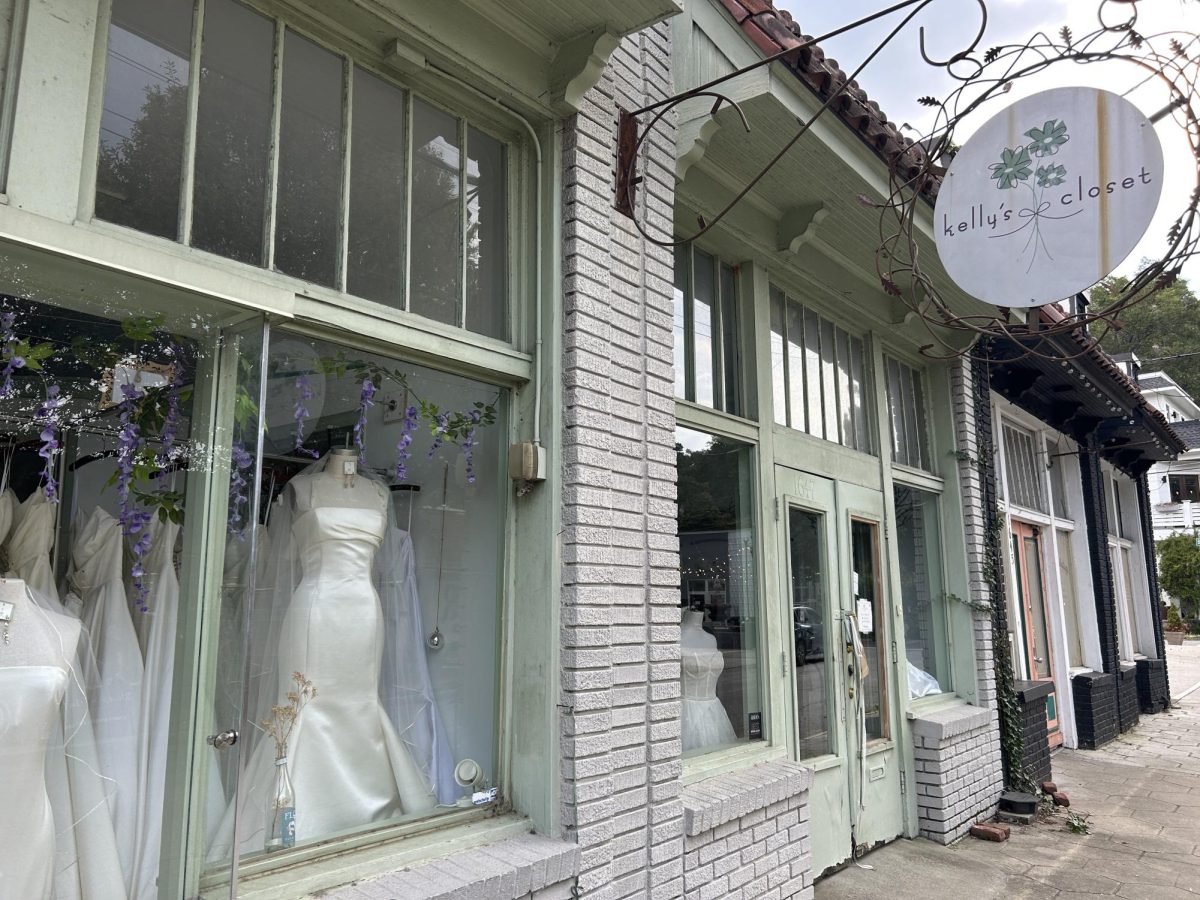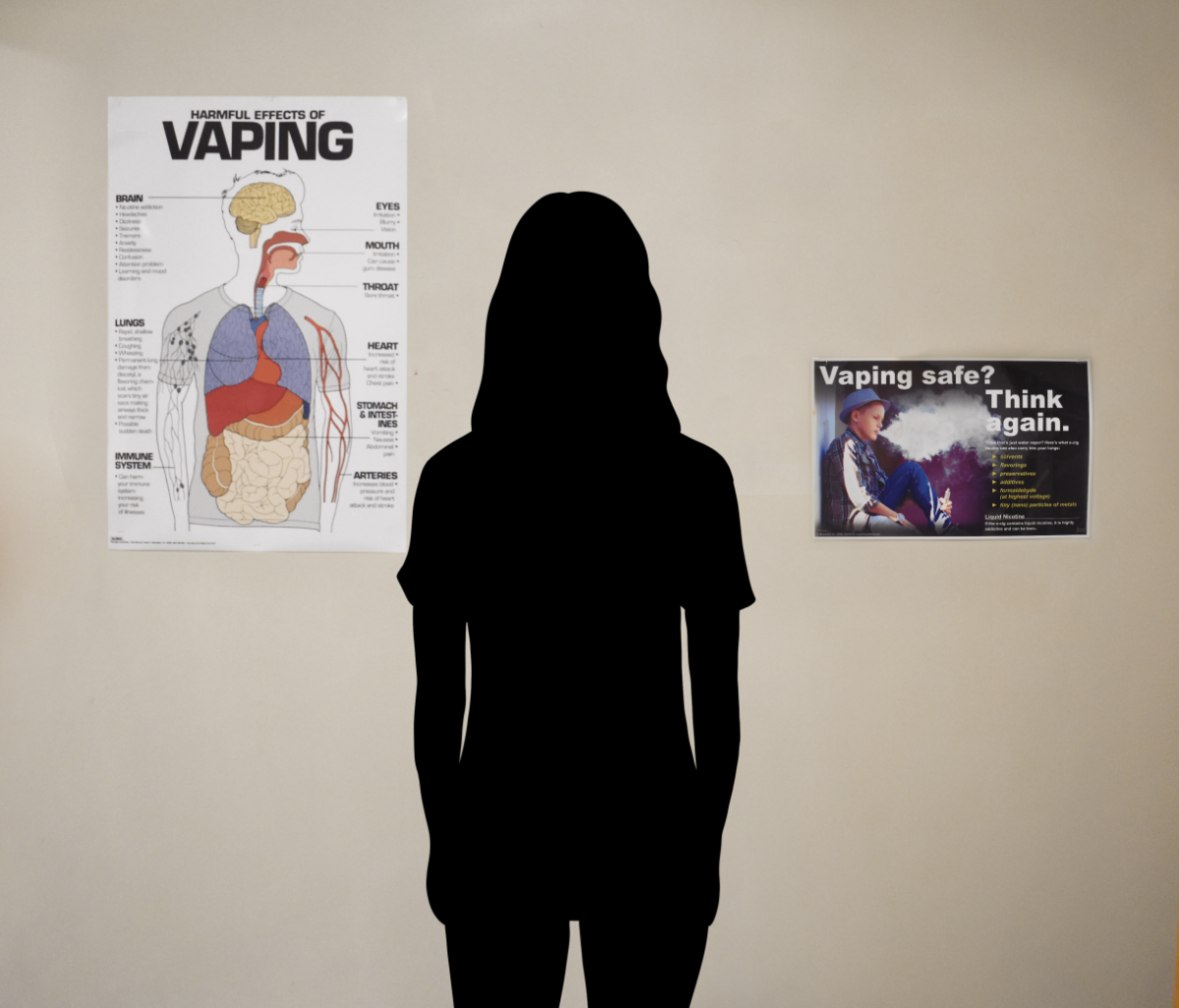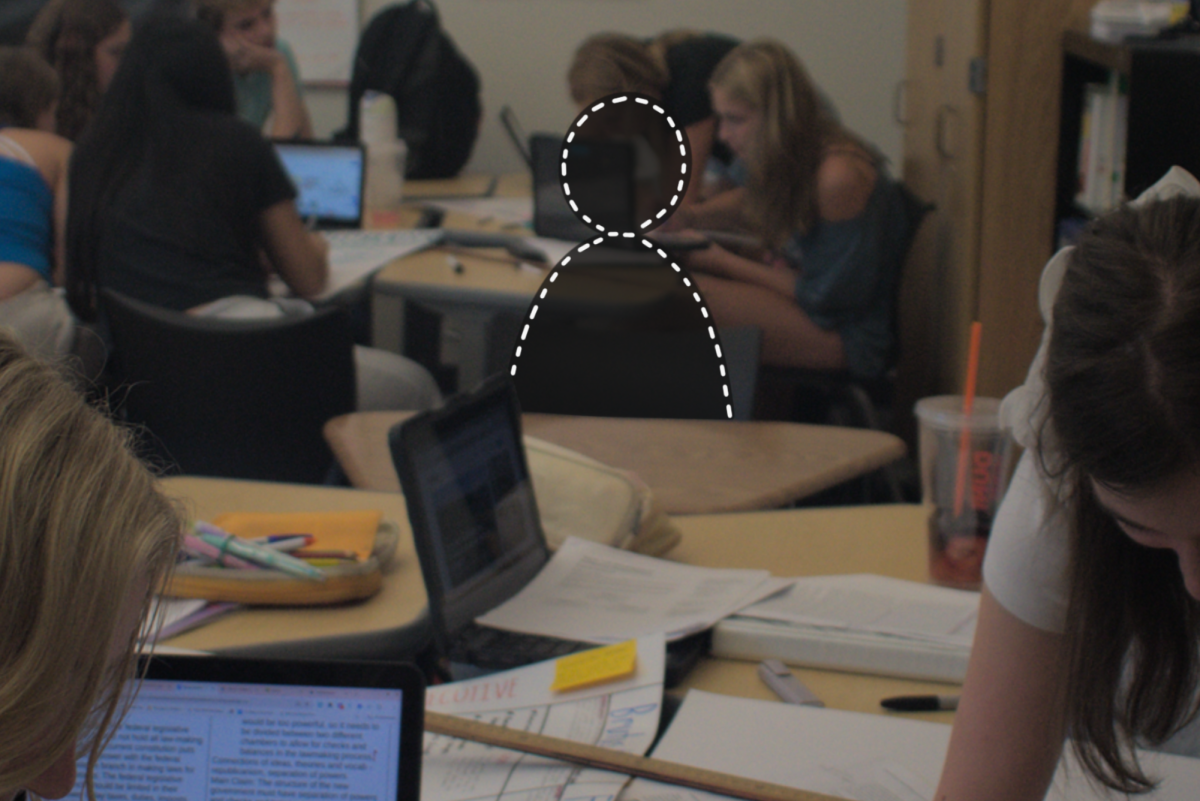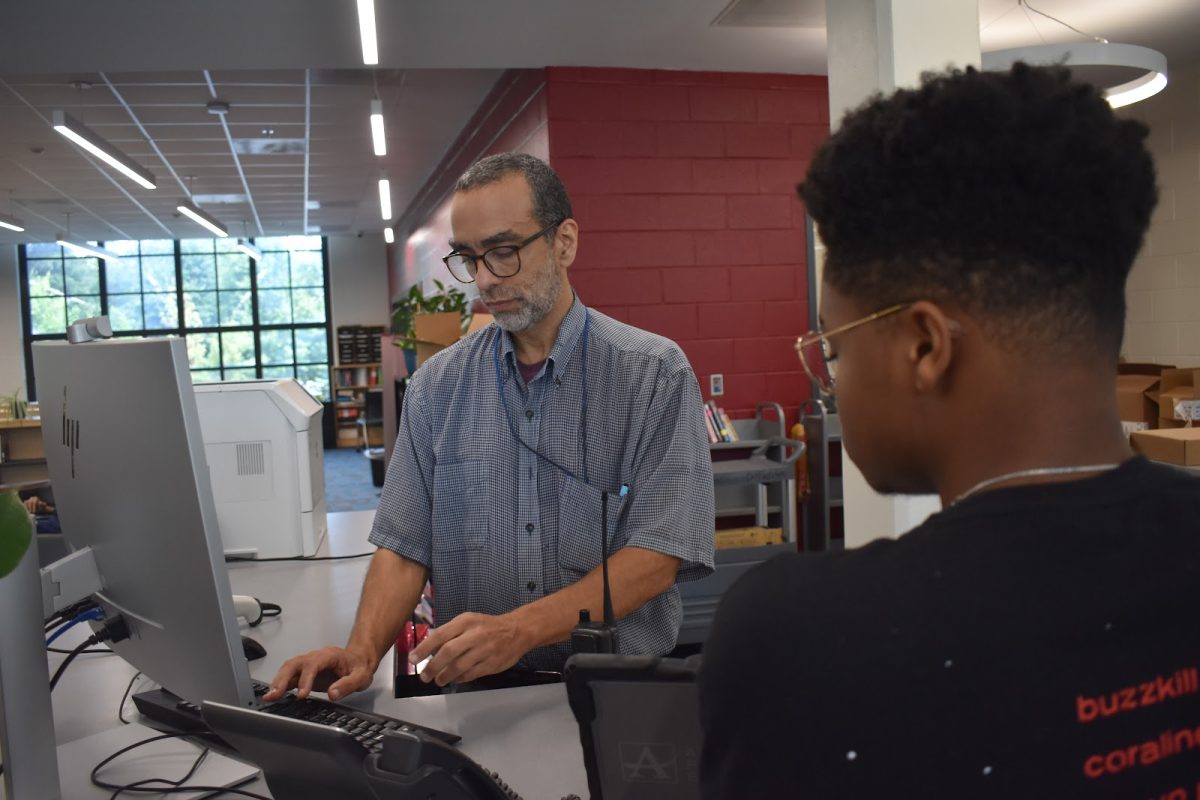Federal officials slash CDC jobs, fire hundreds of Atlanta workers
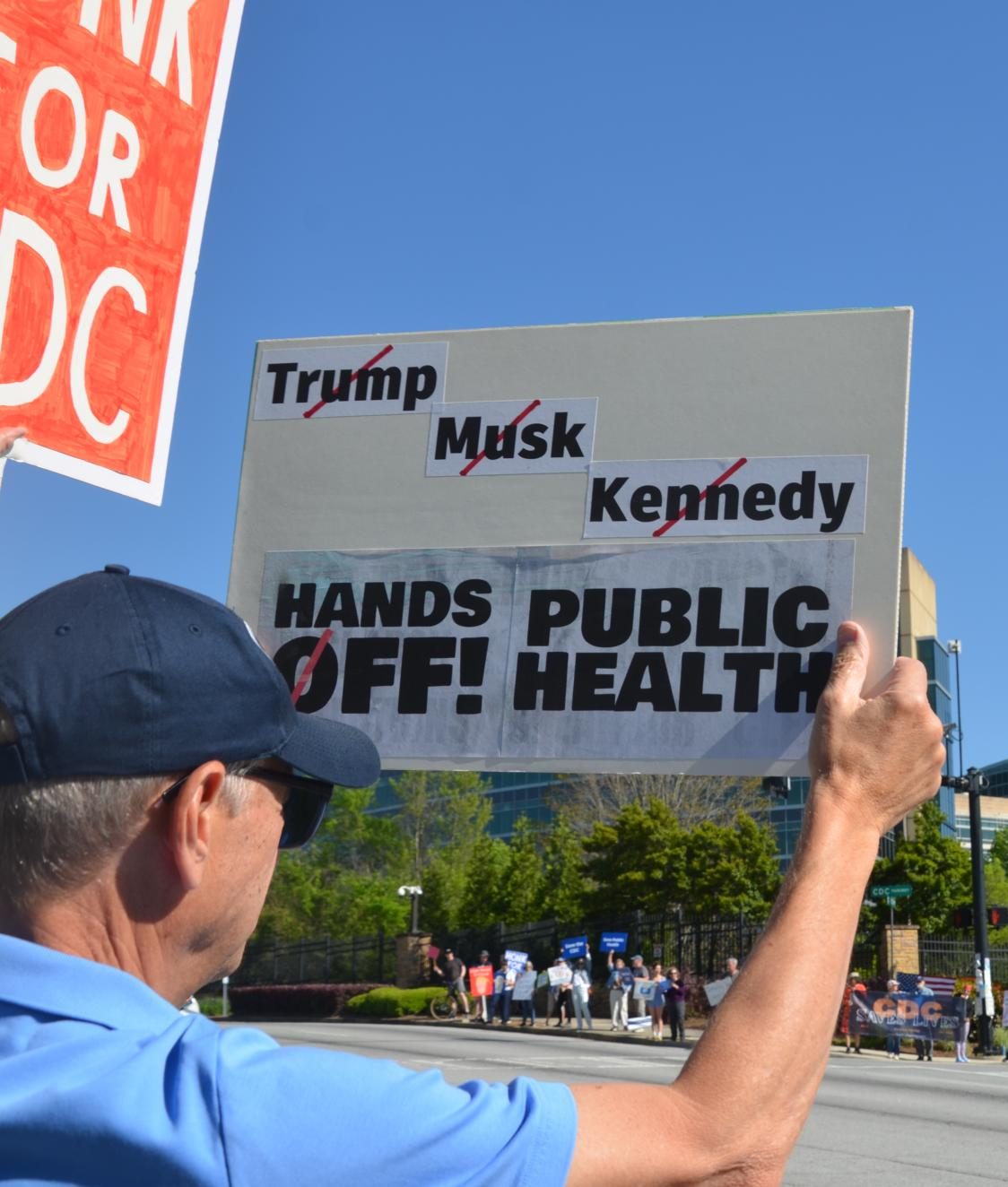
In the past three months, the Trump administration has imposed a series of layoffs and funding cuts on the Centers for Disease Control and Prevention, with headquarters in Atlanta, as part of the newly instated Department of Government Efficiency’s (DOGE) aim to shrink federal spending.
The Trump Administration has begun executing its plan to restructure the Department of Health and Human Services by reducing funding and downsizing the workforce of the CDC.
“I am so proud to represent the CDC,” Senator Raphael Warnock said to a crowd in a guest appearance to a pro-CDC rally on April 15 outside the CDC. “This is an organization that saves lives all over the world, and we need to stand up… Thank you CDC workers for the work you do dealing with chronic illnesses that are killing too many Americans. Thank you for standing up for the best in the American spirit, and as long as you’re standing, I promise I’ll be right there with you.”
On April 1, the Trump Administration laid off employees from the CDC, an effort that the HHS said would contribute to the goal of decreasing the CDC workforce by 2,400 employees.
Hannah Johnson*, an epidemiologist studying tuberculosis at the CDC, is returning back to work after being on leave for cancer treatment and said the fear of being fired deeply affects her.
“On a personal level, every single day I go into work, I fear I’m going to get fired,” Johnson said. “As a single mother with cancer, I will lose health insurance. It will essentially be a death sentence, because I won’t be able to access the care that I need for additional cancer screening.”
Anna Berry* worked in the CDC’s Center for Violence Prevention and was placed on administrative leave, alongside the entire department, on April 1. The Center for Violence Prevention works to prevent child sexual abuse, child abuse and neglect, violence against women and other forms of community violence.
“All of our work is going away, which is going to reduce resources for local communities to prevent violence,” Berry said. “We are one of the best public health violence prevention research centers in the country, and are a central hub, so a lot of research of risk and prevention factors is going to go away as a consequence.”
The cuts have been made in unpredictable patterns, creating a chaotic atmosphere for employees. Steve Monroe, a former senior CDC official for 30 years, said he fundamentally disagrees with the approach DOGE officials have taken to reduce the size of the CDC.
“They needed to engage with people in the organization to efficiently make cuts,” Monroe said. “And the technology across the government needs to have a serious upgrade. But, this Silicon Valley approach to move fast and break things is impossible to apply to the CDC, when you are talking about sending security checks and collecting disease outbreak information. That approach deeply reflects the level of respect that this administration has for CDC workers.”
Eric Mintz, who retired in 2021 after working at the CDC for 32 years, researched foodborne and waterborne diseases. He agrees with Monroe, expressing discontent with the method that DOGE has used to fire workers.
“It is intentionally disrespectful,” Mintz said. “They did not need to do it this way. They could have done an evaluation looking strategically at what could be cut and what needs to be kept. Instead, they just slashed through. It is intentionally designed to make the CDC fail, and when the CDC fails, people die.”
Monroe said CDC officials, even amid the cuts, care about the vitality of their mission, projects and people over their personal interest.
“From the people I know who have been recently fired, the first thing they thought about was ‘How do I make sure my coworkers can pick up this project?’ not ‘What am I going to do for my health insurance when my administrative leave runs out?’” Monroe said. “They are focused on the critical clinical work they can no longer do.”
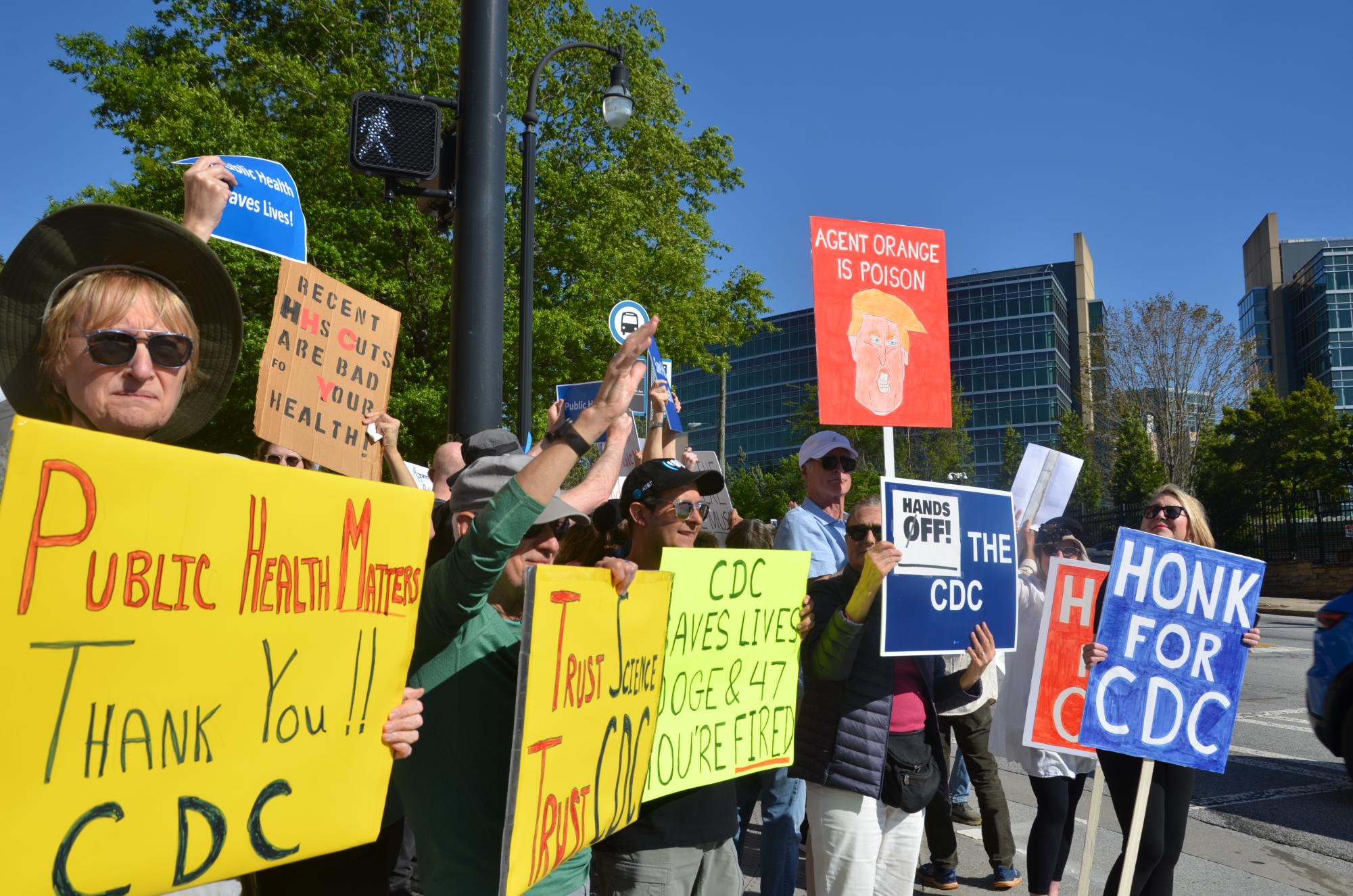
Johnson works to develop new drugs to respond to outbreaks of tuberculosis in the US. Johnson said a third of the tuberculosis department, which handles outreach and education initiatives, was cut on April 1.
“We have lost our entire capacity to communicate and educate,” Johnson said. “This includes speaking to clinicians about new research regarding tuberculosis that affects their practice. Tuberculosis is highly contagious in the wrong setting, so they did lots of campaigns for people to be educated about the disease. It’s arguably more important work than both the clinical trials and surveillance teams.”
Monroe believes staff cuts are disrupting critical public health networks.
“It’s going to be incredibly difficult to restart, not only because those that are working on these projects have been cut, but the nonprofit groups that rely on CDC funding are going to have to cut staff or completely close down,” Monroe said. “It is going to take years to start projects again.”
Mintz believes the large cuts in a short time period without thoughtful job transitions have created unnecessary stress and led current workers to be debilitated without their coworkers.
“It has been an onslaught really from Washington, and it is going to not only demoralize employees, but deprive them of the possibility of doing their jobs, even if they’re still employed because the people they depend on for certain things are gone,” Mintz said. “You have stripped them of their toolkit and the American people will suffer.”
On April 1, one of the largest departmental cuts occurred within the hepatitis department, which lost a fourth of its staff. This cut also led to the elimination of a task force that had been working to tackle the reemergence of hepatitis C in America since December 2024. The hepatitis department contains the only GHOST machine, which is the most advanced machine to detect hepatitis C in the world.
“The GHOST machine is literally the best technology in the world,” Johnson said. “It will be entirely shut down on April 20. So, we lose that capacity entirely, and there is no other laboratory in the world that has the capacity.”
Additionally, April 1 decisions especially targeted the National Center for HIV and STD research, with HIV having the largest cuts of any department.
“The STD lab being shut down is particularly problematic with gonorrhea because right now there’s only one antibiotic that treats gonorrhea,” Johnson said. “Like any disease, gonorrhea can become resistant to antibiotics. So, if we build resistance to the antibiotic, no one will know.”
HIV is an STD that can lead to the development of AIDS and mainly affects gay men. Mintz believes the decision to cut this department aligned with other decisions by the administration to stop LGBTQ resources and DEI practices in the American
government.
“The only strategy was based on DEI and taking away programs for diseases that affect groups they do not care about,” Mintz said. “Diseases do not care about the people they kill, regardless of what party they’re in, what the color of their skin is, or what their sexual preference is. Diseases do not care about culture wars.”
Johnson believes that, when considering the economic motives for cutting workers in the CDC, the large economic consequences of disease outbreak should be considered. Without CDC oversight, state HHS departments will be responsible for handling outbreaks.
“As far as efficiency goes, these diseases can get very expensive to treat,” Johnson said. “I believe it costs nearly 22,000 dollars to treat one hepatitis C patient. If we are not working to prevent these diseases, the American public will pay the price. State jurisdictions are amazing and they do great work at the state level, but no one state is able to centralize an outbreak like Covid.”
The CDC is in the top 15 employers in the state, with the majority working at the headquarters, adjacent to Emory University. Additionally, the Georgia Department of Public Health receives about 50% of its budget from the federal government.
“The cuts will have an immediate impact on the Georgia unemployment rate,” Monroe said. “People don’t realize the effect that CDC cuts will have on state health departments as well. It’s not just the people at the CDC that are being cut, it is programs throughout our states as well.”
The first cuts that were made to the CDC workforce were probationary employees, which specifically targets younger employees. Monroe believes the changes overall will significantly disincentivize the next generation.
“In the long-term, people in young generations and beyond are not going to see public health as a viable career path,” Monroe said. “Who is going to want to work at the CDC, let alone anywhere else in government, if they believe that a new administration can come in and fire them at any point? These slashing changes are destroying the longevity of the CDC.”
Johnson said the effects of cuts to programs and people are already irreversible.
“We would never be able to get back all of the institutional knowledge that we have lost,” Johnson said. “Hiring new people can’t replace that historical knowledge; the only reason we were successful in the Covid pandemic was our ability to collaborate with the best expertise from every department to make the absolute best recommendations as quickly as possible.”
Since CDC cuts began, public health crises across the country have intensified as CDC research teams have lost critical support. In Milwaukee, Wisc., amid a lead exposure crisis in school piping systems, the CDC’s expert team helping with the issue was laid off. In Texas, where schools are facing a surge in measles, the CDC canceled its planned response after several staff members on the team were notified that they would potentially be laid off.
“I think a lot of active investigations like [the Milwaukee lead exposure crisis], some of which we don’t even know about, are just completely being stopped,” Beth Norris*, a retired CDC worker, said. “So bad things like that will happen, children are going to get more sick, adults are going to get more sick. All these programs were really important to prevent people’s health and keep America safe.”
Berry said the cuts to the CDC, including those in her department, will have a significant effect on the scope of the CDC’s reach to foreign public health, in tandem with the Trump Administration’s order to halt collaboration and data exchange between the CDC and the World Health Organization in January.
“We did have a branch in our division that ran the violence against children survey, which was this big international survey for the prevention of violence against children,” Berry said. “That is completely gone now, because the people who worked on it are gone, so the ways in which we helped prevent violence against children worldwide is gone, and countless other ways in which we improve public health by collaborating with the World Health Organization.”
Norris believes the future of public health research in the U.S. is threatened by the reduction of the CDC and the uncertainty surrounding the databases linked to the eliminated departments.
“We don’t even know what’s going to happen to these databases,” Norris said. “I know in the Reproductive Health Division, they did a very important survey called PRAMS, the pregnancy risk assessment monitoring system, that collected data from all over the country. So we don’t know whether the survey data is going to be deleted or what’s going to happen. All that data we’re very concerned with will not be publicly available in the future, and data collection may stop.”
Berry believes the changes made in the last 3 months align with and perpetuate a shifting opinion of the value of public health.
“People are not valuing science or evidence-based programming,” Berry said. “There seems to be a lot of conspiracy theories and less scientific evidence now, and this is going to hurt public health at-large. They’re not going to have the information they need to deal with their health problems, whether it’s disease, violence or chronic disease. It is setting the precedent that we do not care about our people.”
*represents sources that requested anonymity






